Baengnyeon Tojong Samgyetang (백년토종삼계탕)
4.8Km 2021-03-24
41, Bukchon-ro, Jongno-gu, Seoul
+82-2-747-5535
This is the place featured on the Michelin Guide. This Korean dishes restaurant is located in Jongno-gu, Seoul. The representative menu is ginseng chicken soup.
Café Moon (달 카페)
4.8Km 2019-12-23
94-1, Samcheong-ro, Jongno-gu, Seoul
+82-2-735-7355
Café Moon has a trendy interior design and includes a realistic 'moon' mounted on one of the walls. The inside and outside of the café are decorated with hanok designs, designs of traditional Korean houses. The inner courtyard of the grounds is often the stage for a variety of parties and music performances held throughout the year. From the late spring into fall, Café Moon holds musical performances of traditional instruments from around the world. The diners enjoying their meals next to the courtyard need only slide the windows open to let in the beautiful melodies.
Haesim (해심)
4.8Km 2021-03-25
1-2, Dangsan-ro, 36-gil, Yeongdeungpo-gu, Seoul
+82-2-2631-7890
It is a place where you can enjoy various types of fresh sashimi. This Korean dishes restaurant is located in Yeongdeungpo-gu, Seoul. The most famous menu is pollack soup.
Dahmsojung [Korea Quality] (담소정[한국관광 품질인증/Korea Quality])
4.8Km 2025-07-18
16-2, Bukchon-ro 9-gil, Jongno-gu, Seoul
Dahmsojung, meaning ‘a house full of laughs’, is a hanok guesthouse that provides sincere services and comfortable relaxation. Located in the middle of Seoul’s city center, this hanok hotel-class guesthouse was built using traditional hanok construction materials including the 200-years-old Korean land pine from Gyeongju, and clay for rooms. The owner originally bought the land to build the residential area for the family, but wishing to promote the charms of the hanok building to foreigners, it was opened as a guesthouse in October 2012. This hanok guesthouse with modern elements is decorated with refined interior items. It provides a special breakfast that consists of steamed rice wrapped in a lotus leaf and tasty side dishes without any artificial seasonings. All the vegetables used for the meals are organic and cultivated by the owner. It also uses refined objects including high quality tableware, bedding (cotton bedclothes with colored stripes), authentic ceramics, lacquered painting by an artisan, and artistic living items. It carries out a cleaning and disinfection process every day as well. In particular, Hinoki cypress with a subtle scent was used for the bathroom. The home bar was installed especially for foreign guests who find it difficult to sit on the floor in the kitchen. These detailed consideration and decorations have attracted many guests including foreign diplomats, VIPs, and so on.
It also operates a hands-on programs including ‘calligraphy’ and ‘making a fan’ that are held on the main floored room and are popular among foreign guests. Dahmsojung offers guests sophisticated services and comfortable facilities with a clean and traditional atmosphere that attracts many domestic and foreign guests.
Centro Cultural de Bukchon (북촌문화센터)
4.9Km 2024-12-27
Gyedong-gil 37, Jongno-gu, Seúl.
Ocho Vistas Panorámicas de Bukchon (북촌 8경)
4.9Km 2024-12-03
Gyedong-gil 37, Jongno-gu, Seúl
+82-2-2148-4161
Bukchon, traducido literalmente como "Aldea del Norte", se refiere al vecindario ubicado al norte del arroyo Cheonggyecheon y el área de Jongno. La zona al sur de Jongno, que hoy en día es Namsan, fue llamada como Namchon, que significa "Aldea del Sur". La Aldea de Bukchon fue habitada principalmente por familiares de familias reales y poderosas autoridades, mientras que la Aldea de Namchon fue utilizada por funcionarios del gobierno de clase media durante el período Joseon. Ahora conocida como Aldea Tradicional de Bukchon, el vecindario se ha convertido en una de las atracciones turísticas más representativas de Corea, que ofrece la oportunidad de tomar varias fotografías memorables. Los visitantes pueden disfrutar de las perspectivas de Seúl junto con los edificios tradicionales hanok siguiendo el recorrido de las Ocho Vistas Panorámicas de Bukchon.
[Ocho Vistas Panorámicas de Bukchon]
Vista panorámica 1 - Vista del palacio de Changdeokgung sobre el muro de piedra
Vista panorámica 2 - Vista del Camino de las Artesanías de Wonseo-dong
Vista panorámica 3 - Vista de casas hanok en el área de 11-beonji de Gahoe-dong
Vista panorámica 4 - Vista de Gahoe-dong 31-beonji desde la cima de la colina
Vista panorámica 5 - Vista del callejón Gahoe-dong (cuesta abajo)
Vista panorámica 6 - Vista del callejón Gahoe-dong (cuesta arriba)
Vista panorámica 7 - Vista del callejón Gahoe-dong 31-beonji
Vista panorámica 8 - Vista desde la escalera de piedra de Samcheong-dong
Manseon Hof (만선호프)
4.9Km 2021-03-29
19, Eulji-ro 13-gil, Jung-gu, Seoul
+82-2-2274-1040
It is a store frequented by artisans. This Korean dishes restaurant is located in Jung-gu, Seoul. The most famous menu is rolled omelet.
Jeonjujip (전주집)
4.9Km 2021-03-22
16-15, Supyo-ro, 20-gil, Jongno-gu, Seoul
+82-2-2278-3311
A store featured several times in Korean gourmet programs. This Korean dishes restaurant is located in Jongno-gu, Seoul. The most famous menu is napa wraps with pork and oysters.
Pajeongjip (파전집)
4.9Km 2021-04-13
27, Donhwamun-ro 11-gil, Jongno-gu, Seoul
+82-2-742-6763
A great store to visit on a rainy day. This Korean dishes restaurant is located in Jongno-gu, Seoul. The representative menu is assorted savory pancakes.
Samcheongdong Sujebi (삼청동수제비)
4.9Km 2019-06-13
101-1, Samcheong-ro, Jongno-gu, Seoul
+82-2-735-2965
Get off the subway at Gyeongbokgung Station (Subway Line 3), follow the wall of the Gyeongbokgung Palace and you'll find yourself facing a street with majestic trees whose foliage changes every season. This street leads directly to Samcheong-dong. As you enter Samcheong-dong and walk towards the Samchong-dong Tunnel, you'll come across Samcheongdong Sujebi, located right next to the Prime Minister Legation.
Samcheongdong Sujebi became a hit among Japanese tourists, after being featured in a popular Japanese magazine. The main dish here is, of course, sujebi (a traditional Korean soup consisting of chunks of dough and various vegetables). It comes in a pot full of sliced pumpkin, clams, and potatoes. This delicious soup is so tasty that there's almost always people lined up outside the restaurant. Other popular items include dongdongju (traditional Korean liquor) and gamjajeon (a Korean potato pancake that uses only potato starch and no other ingredients).
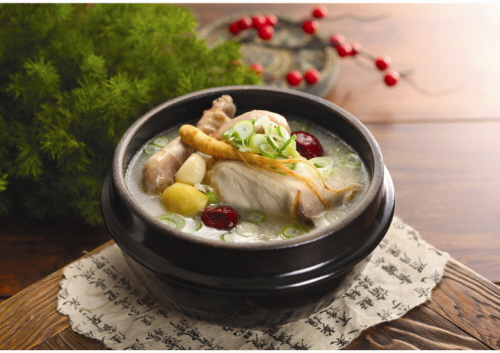
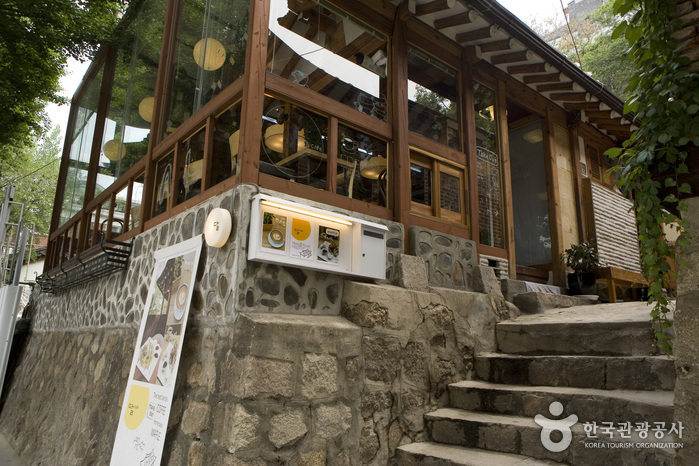
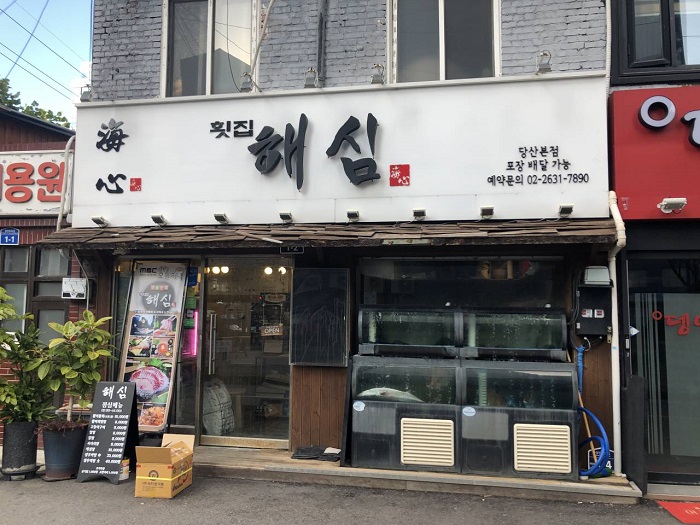
![Dahmsojung [Korea Quality] (담소정[한국관광 품질인증/Korea Quality])](http://tong.visitkorea.or.kr/cms/resource/20/2684320_image2_1.jpeg)
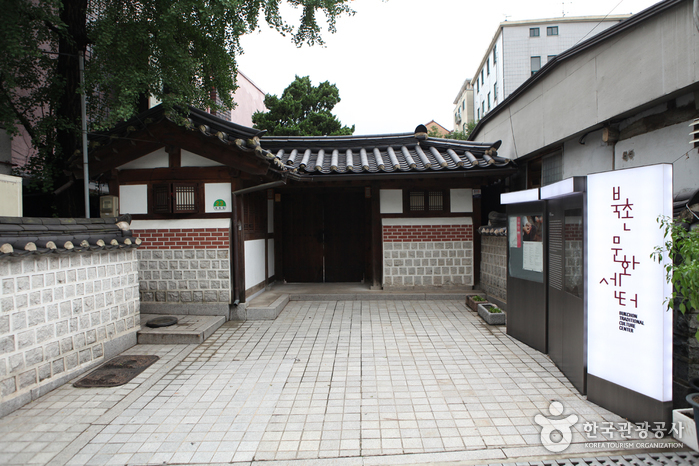
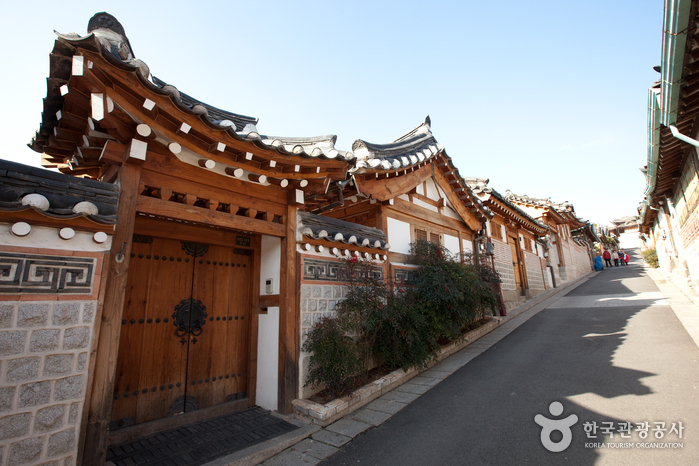
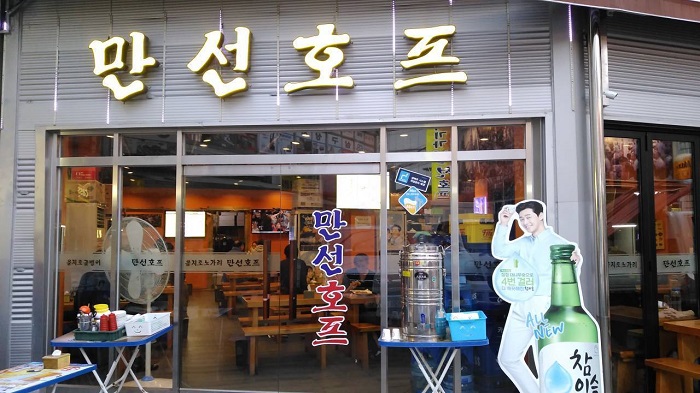
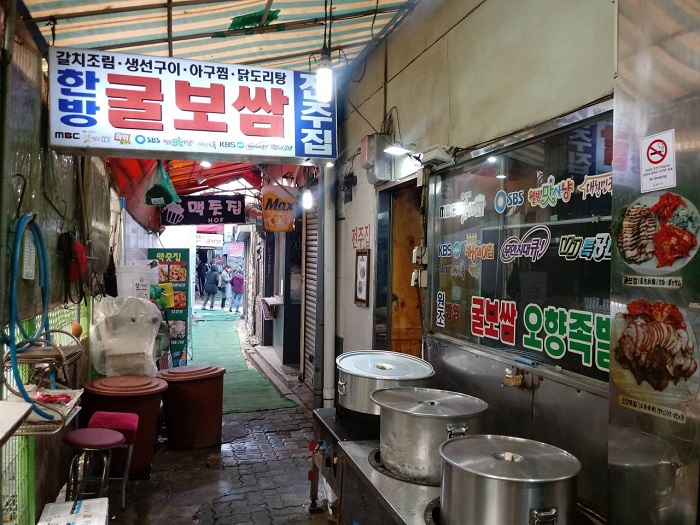
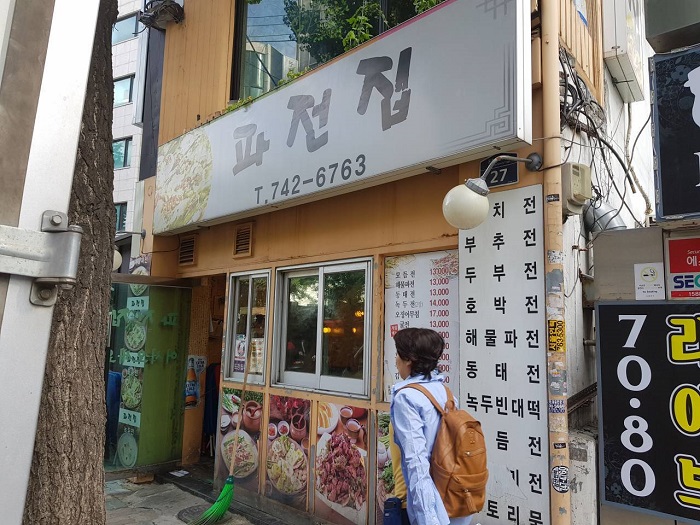
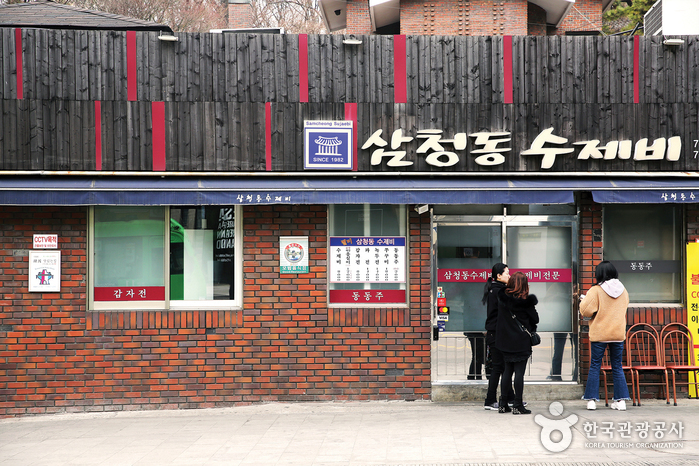
 Español
Español
 한국어
한국어 English
English 日本語
日本語 中文(简体)
中文(简体) Deutsch
Deutsch Français
Français Русский
Русский